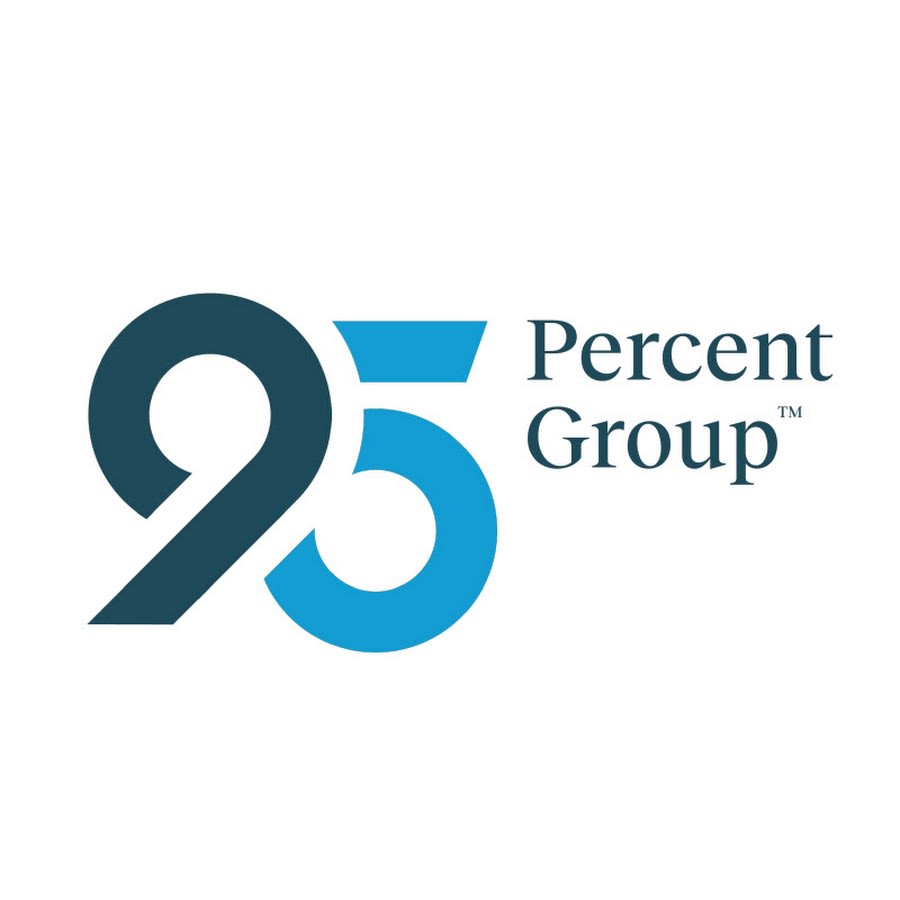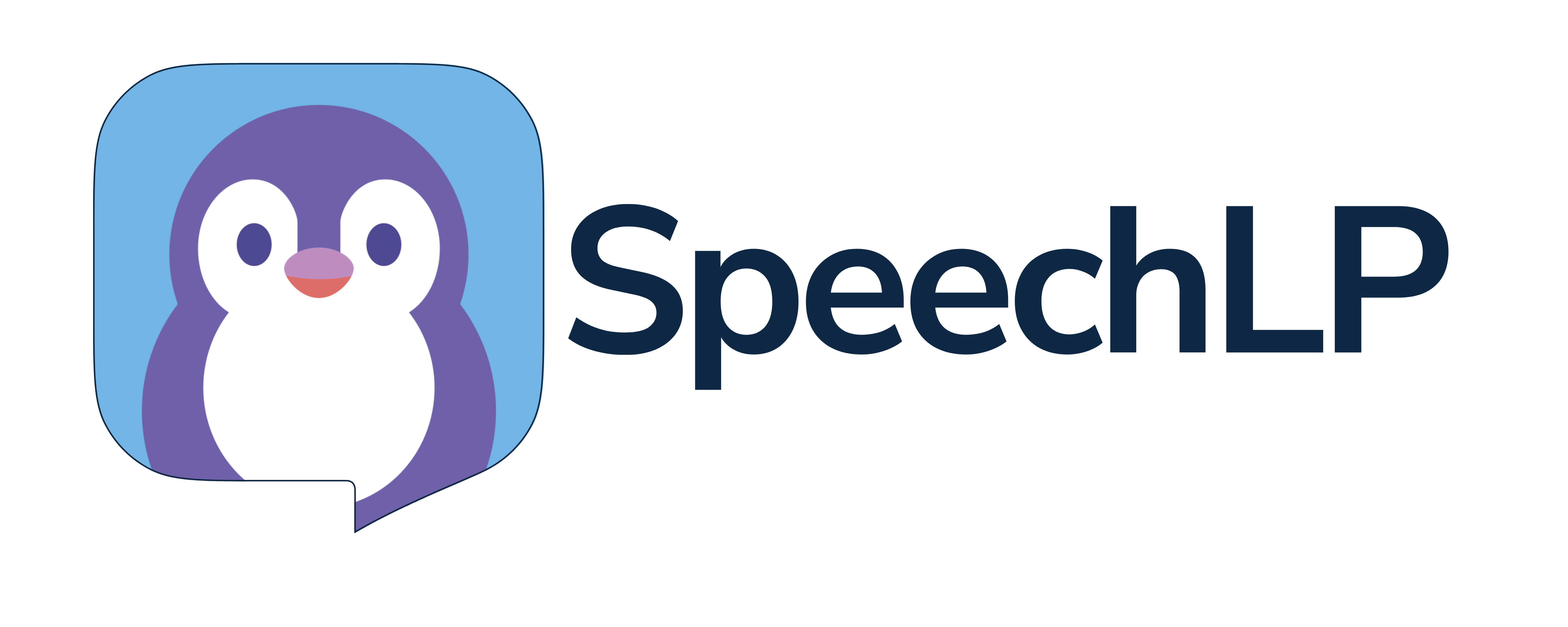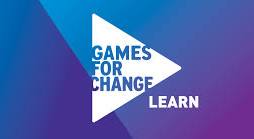Dive Brief:
- A new report of Montgomery County, MD’s selective academic programs found serious racial and ethnic disparities in enrollment and acceptance rates; at one high school, Montgomery Blair, enrollment in elite math, science and computer science programs is 57% Asian, 28% white, and less than 5% each African American and Hispanic.
- For students considered "highly gifted," white elementary school students had a 47% acceptance rate, Asian 34%, African American 8%, 4% Latino in the 2013-14 school year.
- Worse, the disparity exists as overall diversity in Montgomery County is growing, experts say; it also reflects a national trend where few students of color are enrolled in the best-known middle- and high-school magnet programs in the U.S., the Washington Post reports.
Dive Insight:
Across the U.S., students of color are less likely to be identified as gifted, and some ed tech and testing companies are seeking to bridge that equity gap with new means of identification. Pearson, for example, recently unveiled the next generation of its Naglieri Nonverbal Ability Test (NNAT) test, which is designed in part to recognize giftedness regardless of language or culture barriers. The National Association for Gifted Children estimates between 6-10% of all students, between 3 to 5 million children, are gifted. No U.S. federal agency or organization collects these student statistics.
Students from traditional minority groups have long been underrepresented in gifted categorizations, and no blanket definition of "giftedness" exists across states or local education agencies. One study by the University of Virginia found low-income students are more underrepresented than black and Latino students within the reported gifted student population. Some have drawn a correlation between this underrepresentation and its impact on college admissions and, ultimately, on the nation's leadership, innovation and even GDP.
There are also no existing national requirements to guide how gifted programs are executed, although 35 states reportedly identify and track their best-performing students.












